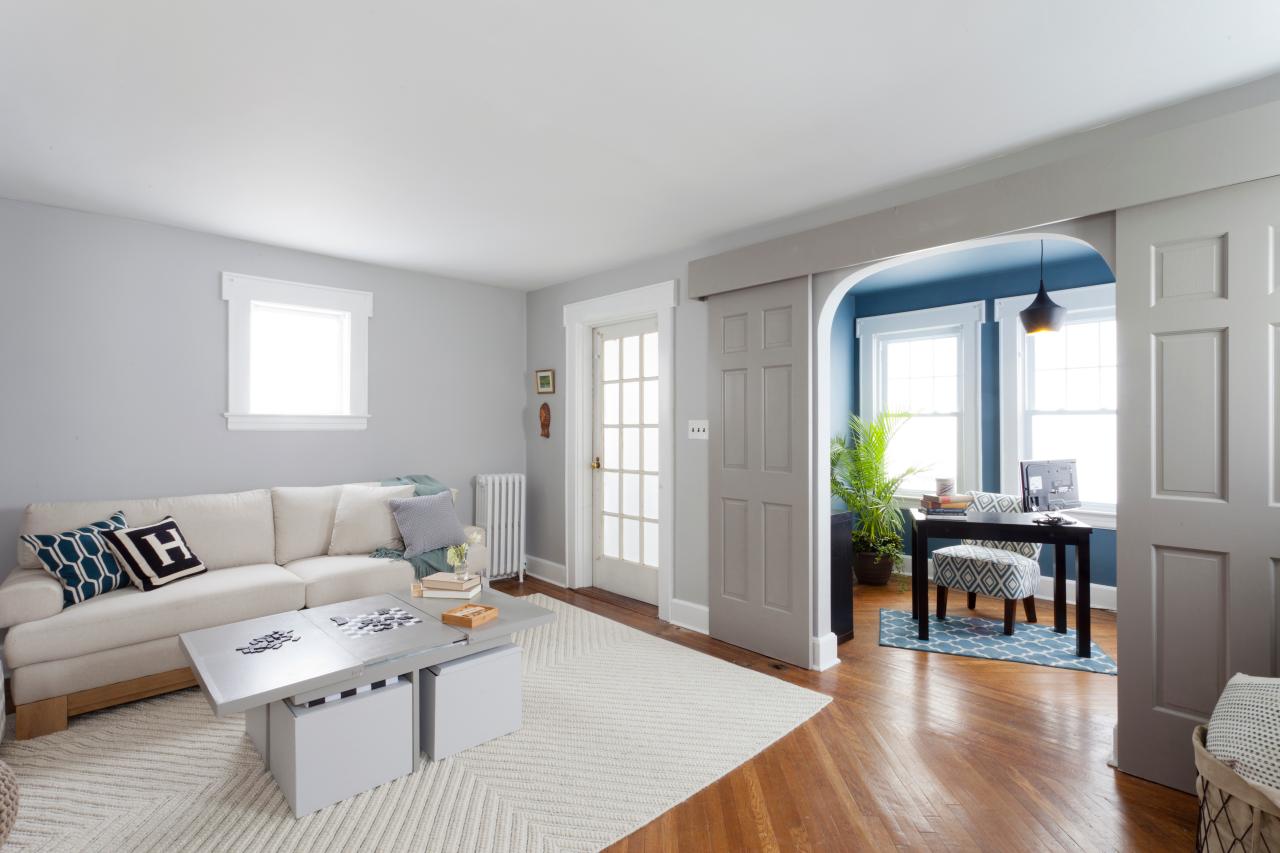8 Easy ways to improve indoor air quality
04/26/2021 / By Divina Ramirez

The term “air pollution” often conjures up images of car exhaust, bush fires and thick fumes from factories. But indoor air pollution can be just as bad, if not worse, than outdoor air pollution. In fact, the air inside the home can be two to five times worse than the air outside, according to the Environmental Protection Agency (EPA).
Indoor air pollution is also more difficult to detect because most of the things that cause problems are odorless. This can be detrimental to people who are sensitive to allergens or have respiratory problems like asthma.
People also spend more time indoors. So they may face a heightened risk of developing acute and chronic adverse health effects due to exposure to indoor air pollution, ranging from headaches to cancer.
Here are eight strategies for improving indoor air quality:
1. Eliminate individual sources of indoor air pollution
The first step to improving indoor air quality is to remove all products and furniture that are causing indoor air quality to degrade. Things like cleaning supplies, paints and drywall emit chemicals that affect indoor air quality. Removing them from the home is a cost-efficient approach to protecting indoor air quality.
2. Improve ventilation
Improving indoor air quality can be as simple as opening the windows for better ventilation. But this is not always practical because it can invite allergens like pollen and increase the humidity inside the home.
Alternatively, you can install ventilation fans in bathrooms and kitchens or run an air conditioner with an open vent control to improve ventilation.
3. Change the filter of the air conditioner
Most air conditioning units come with built-in air filters that help trap indoor air pollutants like dust and mold. But over time, those filters can get clogged up and stop working. Clogged air filters can affect indoor air quality. It can also make the air conditioner freeze or overheat. So change your air conditioner filter regularly.
4. Change the filters of other appliances inside the home
Other household appliances, such as vacuum cleaners, washing machines and kitchen vents, also come with air filters. Inspect those appliances periodically and change their air filters as needed. Experts recommend cleaning or replacing these filters every few months, even if they aren’t completely clogged up.
5. Clean and maintain air ducts
The air ducts inside a home distribute cold and hot air to provide comfortable living conditions. However, if air ducts are not installed properly or maintained regularly, they can end up distributing pollutants inside the home. Common signs that air ducts should be cleaned include dust build-up on the ducts or furniture.
6. Clean carpets
Fitted carpets are hotbeds for volatile organic compounds (VOCs). Most VOCs are human-made chemicals that are used in the manufacture of paints, cleaners and adhesives in carpets. Even when undisturbed, carpets can emit VOCs, which have been shown to cause headaches and nausea. So make sure to clean carpets regularly. (Related: What are VOCs and how do they affect your health?)
7. Grow indoor plants
Plants are natural air filters, so invest in indoor plants. Place a few pots in cramped rooms or rooms with no windows. Small plants like ferns and larger ones like palm trees are some of the best plants for pulling pollutants floating in the air.
8. Maintain consistent humidity levels
Overly humid conditions inside the home allow the growth of mold and mildew, which can have adverse effects on people with allergies or respiratory health problems. Depending on where you live, you may need to run your dehumidifier for only a few months or all year long.
Pollution.news has more articles about indoor air pollution and its associated health effects.
Sources include:
Tagged Under: air filters, environment, humidity, indoor air quality, indoor plants, tips, ventilation, volatile organic compounds
RECENT NEWS & ARTICLES
Allergies.news is a fact-based public education website published by Allergies News Features, LLC.
All content copyright © 2018 by Allergies News Features, LLC.
Contact Us with Tips or Corrections
All trademarks, registered trademarks and servicemarks mentioned on this site are the property of their respective owners.




















